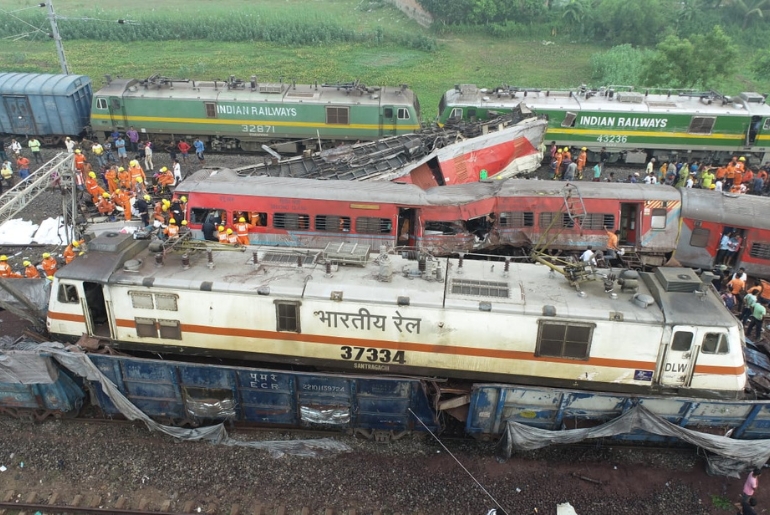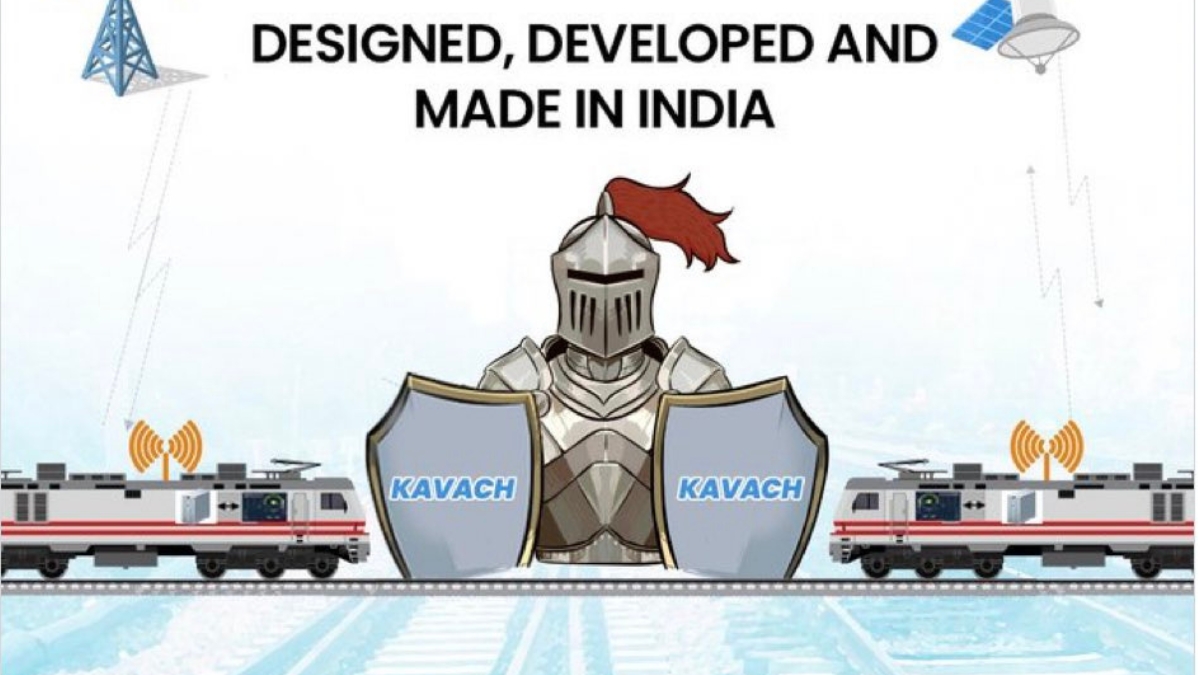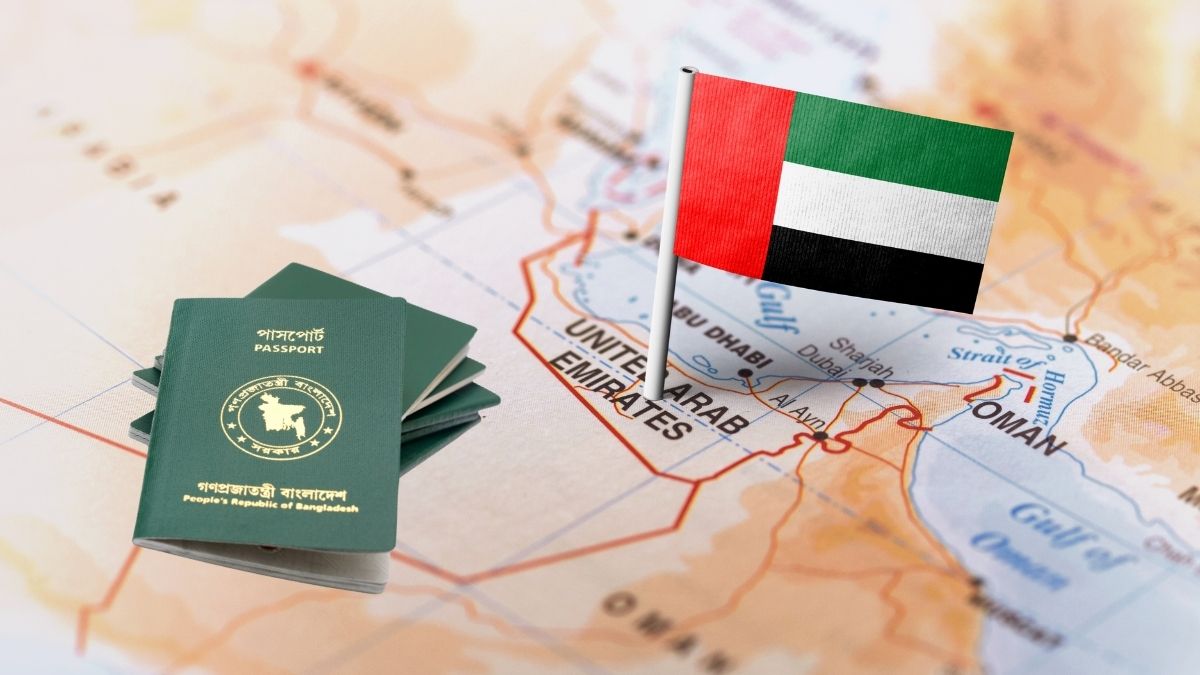Travel security is everybody’s concern whenever they catch a flight or board a train. When the Ministry of Railways announced a crucial development to make train journeys much safer in 2022, the entire country felt relief. The indigenous anti-collision technology, KAVACH, is an automatic train protection system that was adopted as the national ATP system for India, ensuring maximum safety for everyone. However, the gruesome accident caused by the collision of three trains in Odisha has led everyone to question this system.
What Is KAVACH?

The technology was essentially developed to prevent train collisions. So when three trains collided and lead to injuries and the deaths of many people, everyone is forced to question the effect and efficiency of KAVACH. This technology was reportedly supposed to bring down the probability of trains colliding to one in 10,000 years. In theory, that is as safe as it gets. This technology is also SIL4 certified, affirming the credibility of its claims.
Technically, KAVACH is a Train Collision Avoidance System that was developed to completely eliminate train accidents in the country. Every time the system detects a risk of collision, it applies emergency brakes and stops the train. While declaring the budget for 2022, Finance Minister Nirmala Sitharaman shared that the 2000 km long railway network of India will be protected by KAVACH.
Also Read: Mumbai-Goa Vande Bharat Flag-Off Ceremony Cancelled After Tragic Odisha Train Collision
Why Did It Fail To Prevent The Gruesome Accident In Odisha?
#BharatKaKavach
Kavach : Automatic Train Protection (ATP) Systems. pic.twitter.com/2XVJYxNCoN— East Central Railway (@ECRlyHJP) March 4, 2022
As soon as the news of the most fatal accident hit, KAVACH became the centre of attention. With several lives lost and numerous people injured, people are looking for answers to what caused it and why KAVACH couldn’t prevent it. It is uncertain if the trains involved in the incident had the protection system installed or not. There are speculations that only 2-3% of the Indian Railway network had KAVACH and these particular trains did not.
It is also possible that KAVACH failed to prevent them due to the angle of collision. This system is designed to prevent engine-to-engine collisions. In this case, the Howrah Super Express derailed and collided with the Coromandel Express, which was passing through the adjacent track. This collision caused another goods train to derail. KAVACH is only equipped to prevent head-on collisions and doesn’t help in cases of derailment.
Currently, there is no clarity as to whether these particular trains had KAVACH installed.
Cover Image Courtesy: Twitter/Niirav Modi
First Published: June 03, 2023 4:43 PM



